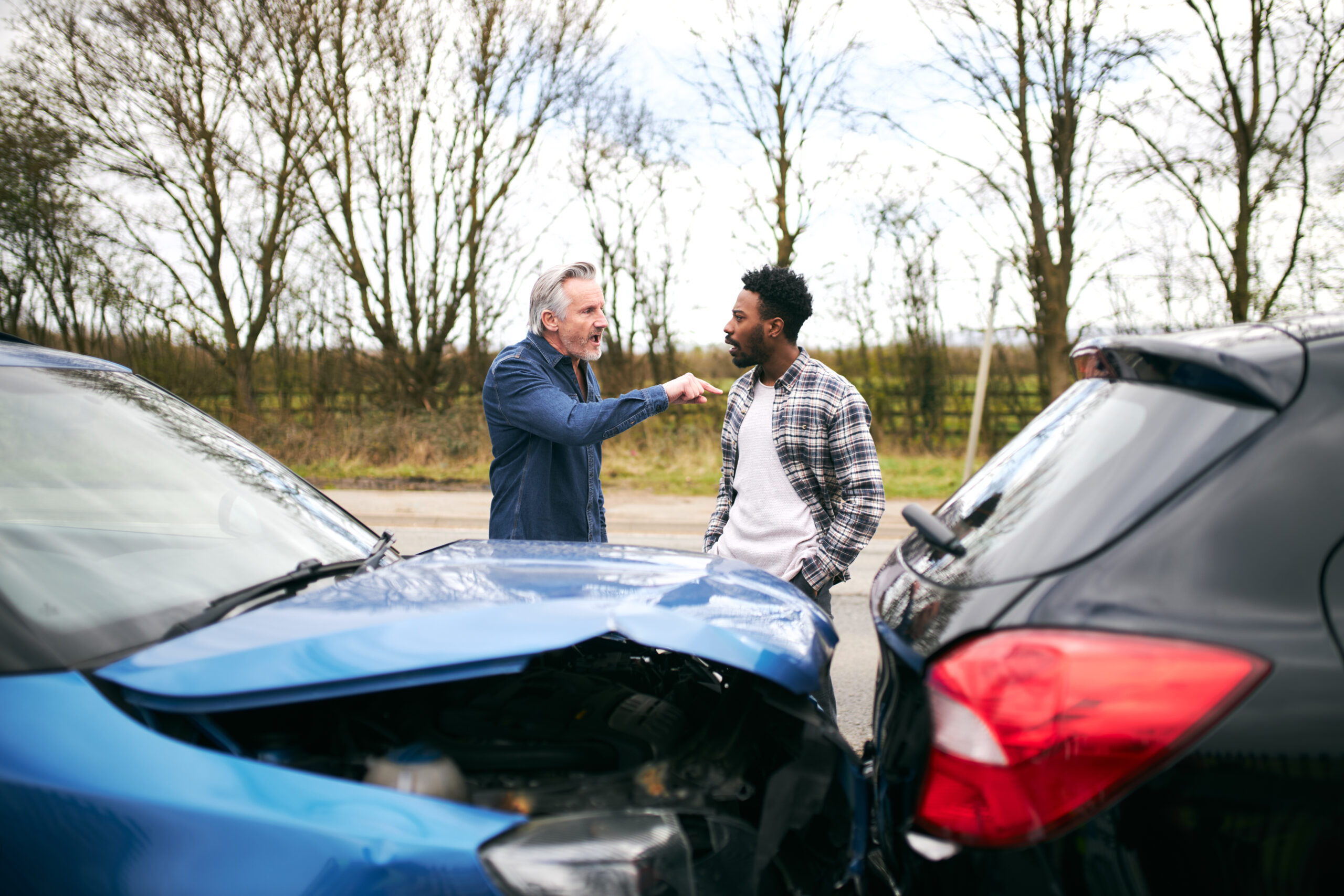States use one of two systems for compensating accident victims after car crashes. A minority of states use a no-fault system. Under this system, fault is irrelevant for minor accidents. Each vehicle owner’s no-fault policy pays the people injured in the insured vehicle, regardless of who caused the crash.
Nevada, like the majority of states, uses a fault-based system of auto insurance. Under this system, fault matters. Vehicle owners buy liability insurance, and accident victims file claims against the at-fault driver’s policy after an accident. The at-fault driver’s insurer pays claims after claimants prove its policyholder negligently caused the crash.
For Nevada drivers, understanding the basics of how fault is determined in an accident is vital.
Proving Fault for a Car Accident
The fault for most car accidents relies on either intentional harm or negligence. An example of intentional harm happens when a driver deliberately bumps your car.
To prove fault for a deliberate crash, your lawyer must prove the driver intended to make harmful contact with you. These cases are rare because insurance does not cover intentional acts, and providing intent can be difficult.
Negligence, on the other hand, rests at the heart of most crash cases. Negligence requires proof of the following four elements:
Duty of Care
A duty of care arises from the relationship between the parties. In the case of a traffic accident, every driver owes a duty of care to all other road users. This legal duty requires drivers to drive with the care and caution of an ordinary, prudent driver.
In other words, a driver does not need to drive perfectly. But they do need to meet essential standards of safety.
Breach of Duty
A breach of duty happens when a driver fails to exercise reasonable care. Your lawyer usually has two ways of proving a breach. First, a driver can breach duty by breaking traffic laws. Speeding, tailgating, running red lights, and other violations can lead to traffic crashes. These behaviors prove that the driver failed to drive carefully when causing your crash.
Second, a driver breaches duty by doing something legal, but dangerous. For example, a driver who brushes their teeth while driving does not break any laws. But most ordinary jurors will likely view toothbrushing as an unreasonable distraction.
Damages
Damages serve to cover losses for your injuries. When you get injured, you may incur many losses, including:
- Past medical bills
- Future medical expenses
- Lost wages
- Loss of future earnings
- Out-of-pocket costs, such as wheelchair rental
You might also face losses due to the impact of your injuries on your quality of life. Pain, anguish, and disability can prevent you from living the way you are accustomed.
Causation
You and your lawyer must prove a causal link between the breach and your losses. Causation in injury cases has two parts. First, you must show it was a cause-in-fact. This is the ordinary meaning of “cause.” It means the breach brought about the losses logically and naturally.
Additionally, you must prove proximate cause. This legal doctrine limits liability for freak accidents. Your lawyer must show injuries were a foreseeable consequence of the breach.
You do not need to prove the driver foresaw your precise injuries. Instead, you must show it was the type of action that a reasonable person would view as dangerous enough to injure someone.
Who Determines Fault?
When you file an insurance claim after a car crash, the insurer will assign an adjuster to your case. The adjuster investigates your claim by reviewing your claim and speaking to the driver it insures. They will read the accident report and any witness statements.
Based on this review, the insurer will determine whether it must pay the claimants under the policy. Specifically, once the adjuster determines it is liable to you under the policy, it must act promptly to settle the case.
If the insurance company is unwilling to settle your claim, you may end up in court. As the plaintiff, you can choose whether a judge or jury decides your case. If you choose a jury trial, your lawyer will present evidence of the other driver’s actions to the jury. Jurors will, in turn, apply negligence law to the facts and determine whether the other driver acted negligently.
A jury that finds in your favor will also determine the amount of damages. The jury will base the damage award on the losses you suffered.
Turn to a Trusted Las Vegas Personal Injury Attorney
Liability is a complex issue, and proving it requires evidence and sound legal arguments. You need a dedicated advocate on your side who can effectively navigate these complexities and fight for your best interests.
The Hill Firm has a proven track record of providing exceptional legal assistance for accident victims throughout Nevada. Contact us for a free consultation today.

